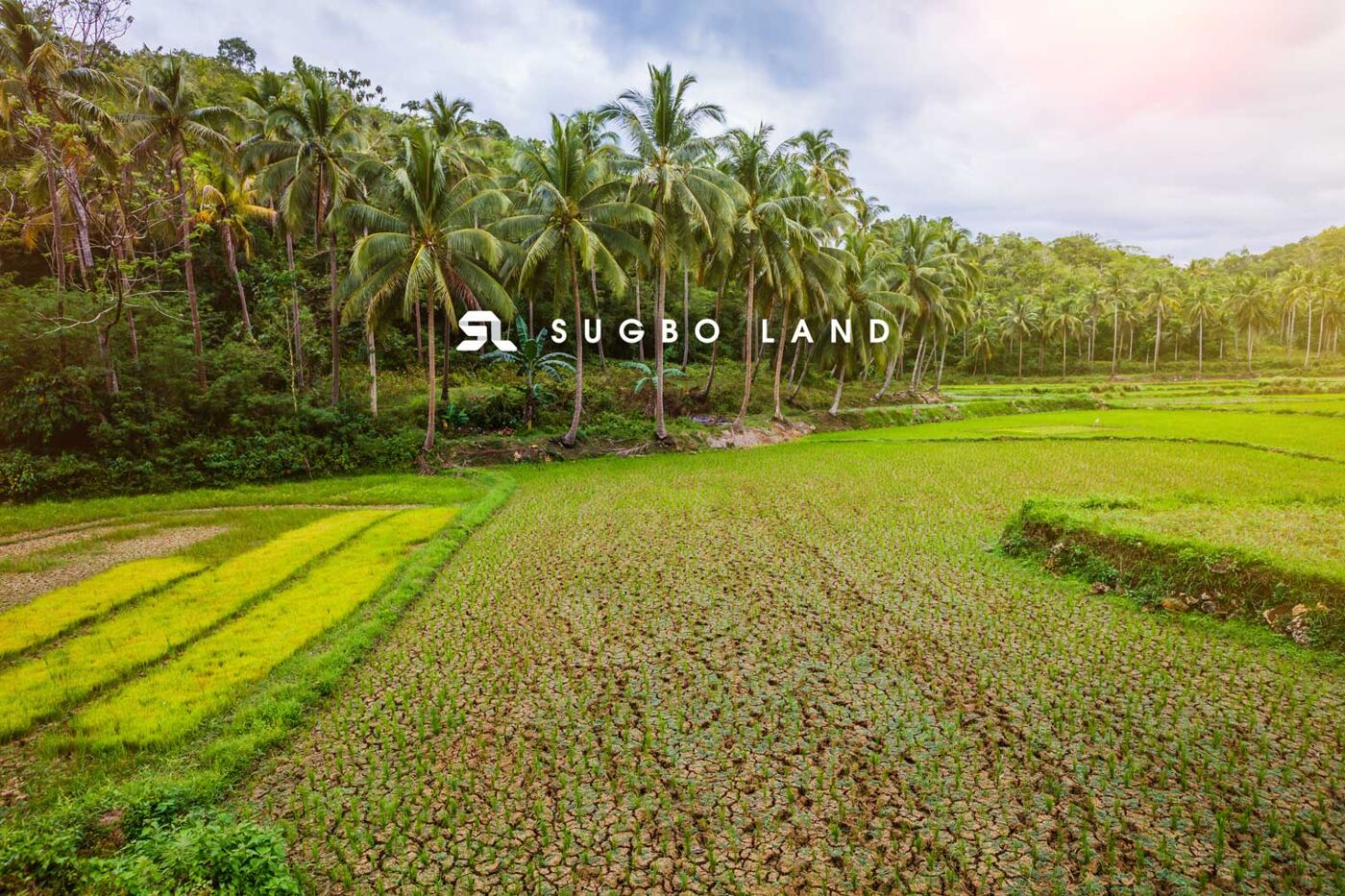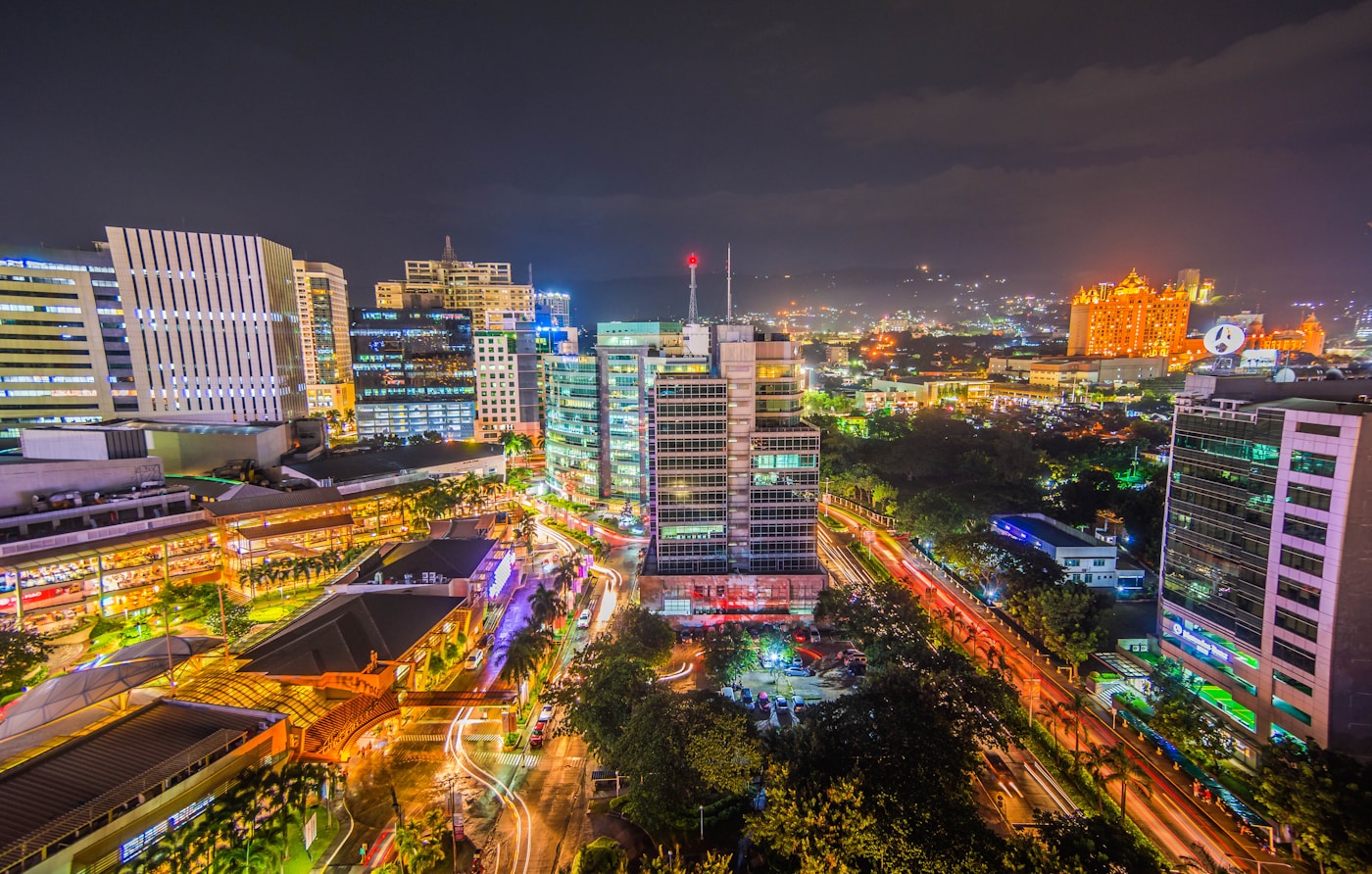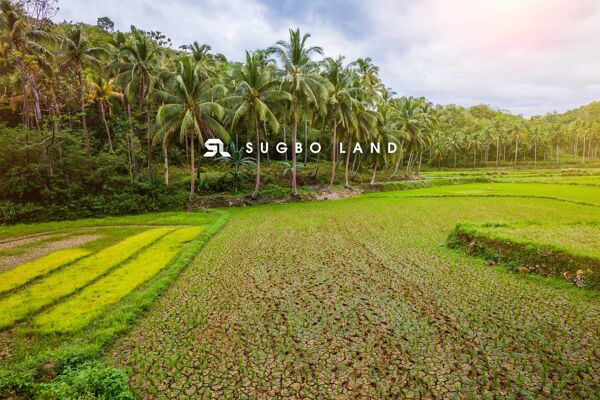
7 Reasons Why You Should Invest in Farm Lots


In Cebu, the food that people undoubtedly look forward to savoring is the sought-after and famous Lechon (roasted pig) of Carcar. However, what most may not be aware of is that Carcar brings more than this mouthwatering delicacy – this land is filled with immense wealth in history, land resource, and tourism! Thus, with the optimistic economic opportunity of this spot, Carcar becomes one of the most promising places to invest in.
Carcar is a city about 40 kilometers south of Cebu City. You can reach this place around an hour or so. It is a fifth class city of the Cebu province. It is bordered in the west by Aloguinsan and Barili, in the north by San Fernando, in the east by Cebu Strait, and in the south by Sibonga.
When buying a land property in Cebu, Carcar is a favorable site that you ought to consider. Why would you want to stay or buy a lot property in Carcar, Cebu? Here are the top reasons why you should be putting in your money in this rising location:1. Heritage
Did you know that Carcar is known as the “Heritage City of Cebu”? Numerous structures and houses were built here during the Spanish and American colonial periods of the Philippines. Carcar has preserved these landmarks that have become tourist attractions.
Among these popular historical sites are Balay na Tisa (Sarmiento-Osmeña House), Saint Catherine of Alexandria Parish Church, Carcar dispensary (now the city’s public museum), the Rizal Monument, and Carcar Rotunda.
Built during the Spanish time in 1859 is Don Sarmiento’s house, commonly called “Balay na Tisa”. Balay na Tisa is literally translated as “House of Limestones”. It is called that way because limestone blocks are the materials used for the house’s construction. The ancestral house contains ceramics, silverwares, paintings, and furnitures that are antique. Other adjacent ancestral houses are the Sanchez’ House and “The Big House” (Noel’s Daku’ng Balay).
Across the St. Catalina street (where Balay na Tisa is) is Saint Catherine of Alexandria Parish Church. This church was constructed during the Spanish era and completed in 1875 . This church is inspired by Greek Orthodox as the twin bell towers of its domes are identical to those churches from the west’s Greek orthodox religion.
In addition, during the American rule, from 1922 to 1938, Carcar Mayor Mariano Mercado spearheaded the building of remarkable landmarks of Carcar – the Carcar dispensary, the Rizal Monument, and the Carcar Rotunda. Carcar dispensary has been made as Carcar’s museum. Moreover, the Rizal monument is the highlight of the town plaza. The leading marker of Carcar would have been the rotunda where major events of the city takes place.
You would not miss out the rotunda as you would pass by this when you go to Carcar’s highway. It is formed like a gazebo. The design is elaborate and exquisite. It is divided into four stairways. And, two statues top the rotunda.
During the Kabkaban Festival, Carcar’s most celebrated annual festival, people gather around the plaza and the rotunda.
These heritage attractions of Carcar truly invite tourists, nationally or globally.2. Industry
Carcar is known for many things but one main factor in investing in its lots is the economic profile of the site. Carcar’s major land source is its agricultural farm lands.
Much of the agricultural farm land is used for rice farming, and others are for vegetable and crop farming, as well as, cut flower growing. Also, poultry raising and piggery are interesting and profitable business ventures people go into. Further, fishpond industry is also explored here. Thus, aquaculture and fishing are also livelihood means people go for.
Besides being The Heritage City of Cebu, Carcar is also dubbed as “The Shoe Capital of Cebu. The people of Carcar started the shoe and sandal making during the American period when these foot wears became popular. Affordable and quality foot wears are found in Carcar. Many wholesalers and retailers get their supplies here.
Other local livelihood means include making of wooden furnitures, bolos and baskets. Carcaranons (natives/residents of Carcar) prove their love for their own regional products as they use these native materials. They also make money from restoring antiques.3. Delicacy
Cebu’s best delicacies are made in Carcar. As mentioned earlier, the lechon of Carcar is the most delicious and therefore in demand among all the lechons in Cebu. The salty and saucy manner of cooking Carcar’s lechon makes it distinct from others. You can complement eating this delicacy with pusô (hanging rice). A lot of city dwellers would go to Carcar just to satisfy their craving for Carcar’s lechon.
Another Cebuano delicacy that tourists want to snack in is the esteemed chicharon (pork skin cracklings). Again, it is in Carcar that the original and tastiest chicharons are obtained. You can shop varied types of chicharon around the Carcar rotunda.
Other delicacies from Carcar that are well-loved are ampao (rice crispies) and bucarillo (candy-ed coconut rolls).4. Developments
Carcar City is the next big thing for new residential, commercial and industrial developments . As congestion in Cebu City and neighboring cities, such as Mandaue and Lapu-Lapu have happened, Carcar city of the south becomes the apple of the eye of investors and contractors.
The “biggest infrastructure project in Cebu City”, according to the Department of Public Works and Highways (DPWH) is the Metro Cebu Expressway, connecting Cebu’s South and North regions. This coastal road traversing from Danao city of the north to Carcar city of the south makes it convenient for tourists and locales to come from and to Carcar.
Other huge projects that contribute to Carcar’s investment worth may include the mulit-million international port in San Fernando (15 to 30 minute ride from Carcar) and Cebu’s first Waterbus (which can carry up to 70 passengers to transport people from Cebu city to south (and north) cities and towns).
This Sangat international seaport is a promising port that attracts local and foreign investors. This brings more industry to the people of San Fernando and Carcar alike. Moreover, the Waterbus eliminates the additional travel time of land transport vehicles, such as buses and vans, thereby making it easier for movement of people from the city to Carcar (or southern areas), and vice versa.The Take-Away…
Carcar, Cebu offers a very good location to acquire land properties that do not hurt your budget. Either you use your lot for residence or business and livelihood, Carcar surely brings in value to your money. Not only does it provide affordable land, but Carcar also attracts growing tourism and industry.
In Cebu, the food that people undoubtedly look forward to savoring is the sought-after and famous Lechon (roasted pig) of Carcar. However, what most may not be aware of is that Carcar brings more than this mouthwatering delicacy – this land is filled with immense wealth in history, land resource, and tourism! Thus, with the optimistic economic opportunity of this spot, Carcar becomes one of the most promising places to invest in.
Carcar is a city about 40 kilometers south of Cebu City. You can reach this place around an hour or so. It is a fifth class city of the Cebu province. It is bordered in the west by Aloguinsan and Barili, in the north by San Fernando, in the east by Cebu Strait, and in the south by Sibonga.
When buying a land property in Cebu, Carcar is a favorable site that you ought to consider. Why would you want to stay or buy a lot property in Carcar, Cebu? Here are the top reasons why you should be putting in your money in this rising location:1. Heritage
Did you know that Carcar is known as the “Heritage City of Cebu”? Numerous structures and houses were built here during the Spanish and American colonial periods of the Philippines. Carcar has preserved these landmarks that have become tourist attractions.
Among these popular historical sites are Balay na Tisa (Sarmiento-Osmeña House), Saint Catherine of Alexandria Parish Church, Carcar dispensary (now the city’s public museum), the Rizal Monument, and Carcar Rotunda.
Built during the Spanish time in 1859 is Don Sarmiento’s house, commonly called “Balay na Tisa”. Balay na Tisa is literally translated as “House of Limestones”. It is called that way because limestone blocks are the materials used for the house’s construction. The ancestral house contains ceramics, silverwares, paintings, and furnitures that are antique. Other adjacent ancestral houses are the Sanchez’ House and “The Big House” (Noel’s Daku’ng Balay).
Across the St. Catalina street (where Balay na Tisa is) is Saint Catherine of Alexandria Parish Church. This church was constructed during the Spanish era and completed in 1875 . This church is inspired by Greek Orthodox as the twin bell towers of its domes are identical to those churches from the west’s Greek orthodox religion.
In addition, during the American rule, from 1922 to 1938, Carcar Mayor Mariano Mercado spearheaded the building of remarkable landmarks of Carcar – the Carcar dispensary, the Rizal Monument, and the Carcar Rotunda. Carcar dispensary has been made as Carcar’s museum. Moreover, the Rizal monument is the highlight of the town plaza. The leading marker of Carcar would have been the rotunda where major events of the city takes place.
You would not miss out the rotunda as you would pass by this when you go to Carcar’s highway. It is formed like a gazebo. The design is elaborate and exquisite. It is divided into four stairways. And, two statues top the rotunda.
During the Kabkaban Festival, Carcar’s most celebrated annual festival, people gather around the plaza and the rotunda.
These heritage attractions of Carcar truly invite tourists, nationally or globally.2. Industry
Carcar is known for many things but one main factor in investing in its lots is the economic profile of the site. Carcar’s major land source is its agricultural farm lands.
Much of the agricultural farm land is used for rice farming, and others are for vegetable and crop farming, as well as, cut flower growing. Also, poultry raising and piggery are interesting and profitable business ventures people go into. Further, fishpond industry is also explored here. Thus, aquaculture and fishing are also livelihood means people go for.
Besides being The Heritage City of Cebu, Carcar is also dubbed as “The Shoe Capital of Cebu. The people of Carcar started the shoe and sandal making during the American period when these foot wears became popular. Affordable and quality foot wears are found in Carcar. Many wholesalers and retailers get their supplies here.
Other local livelihood means include making of wooden furnitures, bolos and baskets. Carcaranons (natives/residents of Carcar) prove their love for their own regional products as they use these native materials. They also make money from restoring antiques.3. Delicacy
Cebu’s best delicacies are made in Carcar. As mentioned earlier, the lechon of Carcar is the most delicious and therefore in demand among all the lechons in Cebu. The salty and saucy manner of cooking Carcar’s lechon makes it distinct from others. You can complement eating this delicacy with pusô (hanging rice). A lot of city dwellers would go to Carcar just to satisfy their craving for Carcar’s lechon.
Another Cebuano delicacy that tourists want to snack in is the esteemed chicharon (pork skin cracklings). Again, it is in Carcar that the original and tastiest chicharons are obtained. You can shop varied types of chicharon around the Carcar rotunda.
Other delicacies from Carcar that are well-loved are ampao (rice crispies) and bucarillo (candy-ed coconut rolls).4. Developments
Carcar City is the next big thing for new residential, commercial and industrial developments . As congestion in Cebu City and neighboring cities, such as Mandaue and Lapu-Lapu have happened, Carcar city of the south becomes the apple of the eye of investors and contractors.
The “biggest infrastructure project in Cebu City”, according to the Department of Public Works and Highways (DPWH) is the Metro Cebu Expressway, connecting Cebu’s South and North regions. This coastal road traversing from Danao city of the north to Carcar city of the south makes it convenient for tourists and locales to come from and to Carcar.
Other huge projects that contribute to Carcar’s investment worth may include the mulit-million international port in San Fernando (15 to 30 minute ride from Carcar) and Cebu’s first Waterbus (which can carry up to 70 passengers to transport people from Cebu city to south (and north) cities and towns).
This Sangat international seaport is a promising port that attracts local and foreign investors. This brings more industry to the people of San Fernando and Carcar alike. Moreover, the Waterbus eliminates the additional travel time of land transport vehicles, such as buses and vans, thereby making it easier for movement of people from the city to Carcar (or southern areas), and vice versa.The Take-Away…
Carcar, Cebu offers a very good location to acquire land properties that do not hurt your budget. Either you use your lot for residence or business and livelihood, Carcar surely brings in value to your money. Not only does it provide affordable land, but Carcar also attracts growing tourism and industry.


